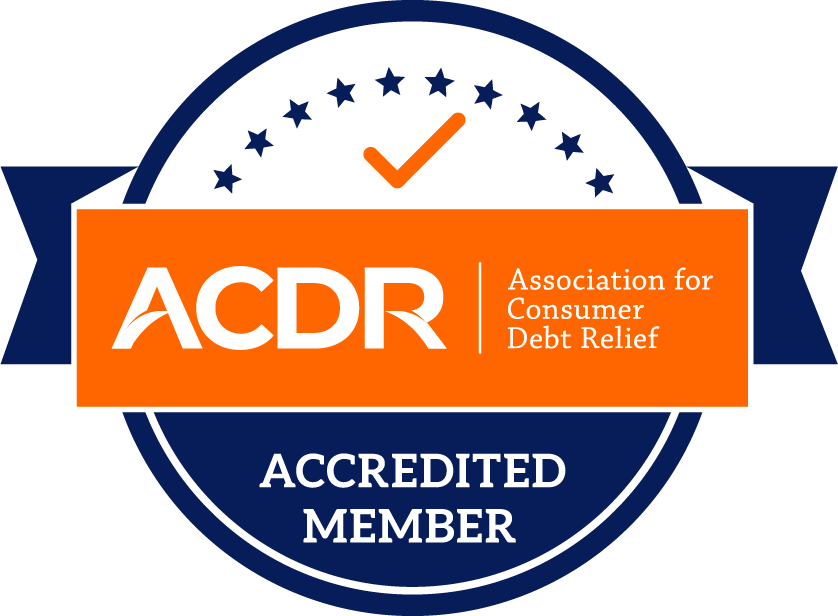Tag Archives: debt relief
-

4m read
Read moreHaving mountains of debt can seem like an unbeatable feat, especially when searching for manageable solutions. While there are hundreds of seemingly viable options online to help with the situation, the truth about debt relief programs is that there are just as many myths as there are truths in the financial business. Distinguishing between the […]
-

5m read
Read moreMillennials and Debt Millennials tend to have a lot of notable characteristics — being tech-savvy, striving for an education, and having a large sense of global presence are just a few. They are also the largest generational population in the western world, which is why the relationship between them and their finances is so important. […]
-

4m read
Read moreThe Benefit of Debt Help Companies Years of tuition and books, price inflation and never-ending bills catch up to the best of us. Every day, millions of people find themselves immersed in more and more debt. In fact, according to a household study completed by NerdWallet, 2017 saw the highest amounts of debt to date, […]
-

5m read
Read moreDebt is an intimidating circumstance. With people in the U.S. reaching a combined credit card debt of more than $1 trillion in 2017, it can feel nearly impossible to escape money’s grip, especially since that number continues to increase. This financial weight has led thousands of people to consolidate their debts in an attempt to […]
-

5m read
Read moreDealing with Debt in Retirement Planning the future can be exciting, especially if you have big goals ahead for when you can finally retire. Some people envision a large home and plenty of cars, while others see themselves on a quaint property so they can travel around the world for months on end. Regardless of […]
-

5m read
Read moreThe Need for a Debt Relief Plan One of the biggest concerns facing Americans today is financial debt. According to LendingTree, a website that provides loan comparisons, the total amount of consumer debt in the United States could reach $4 trillion by the end of 2018. That would be a new record. In fact, Americans […]



